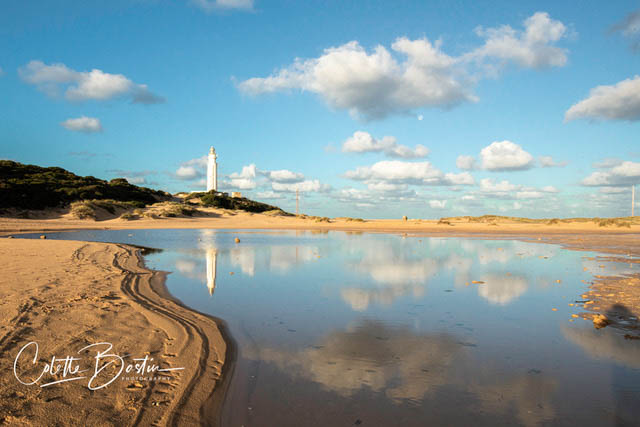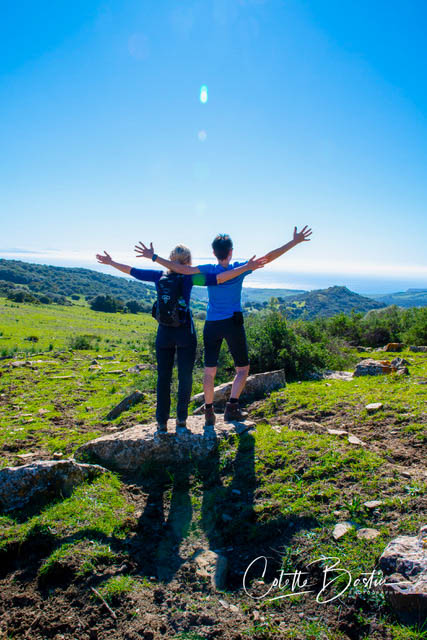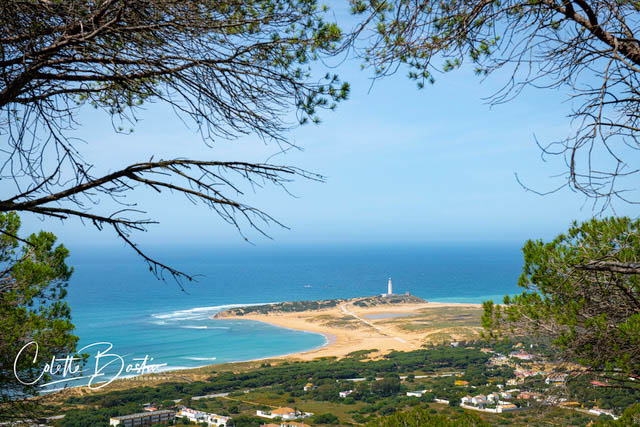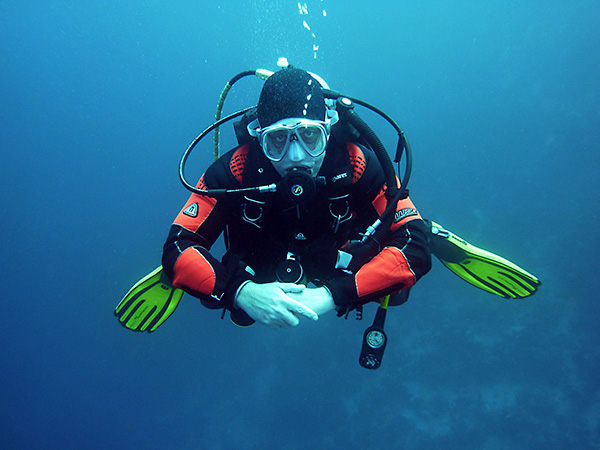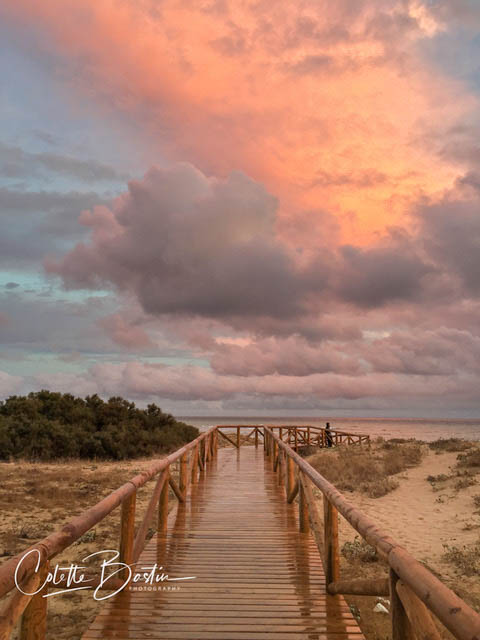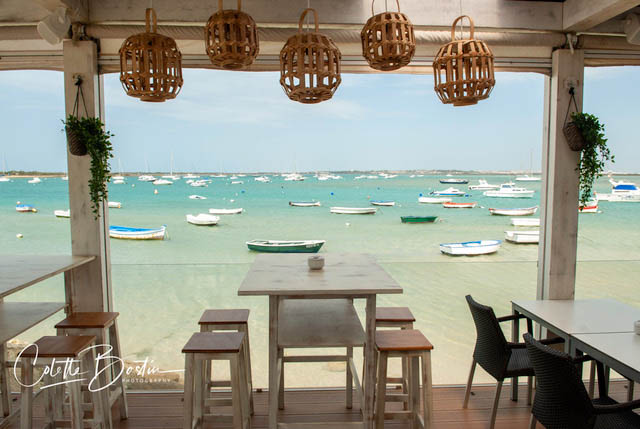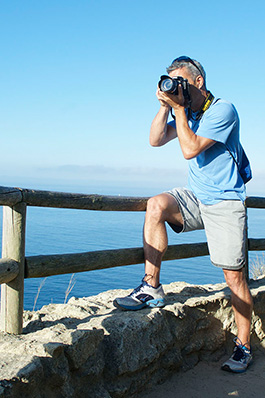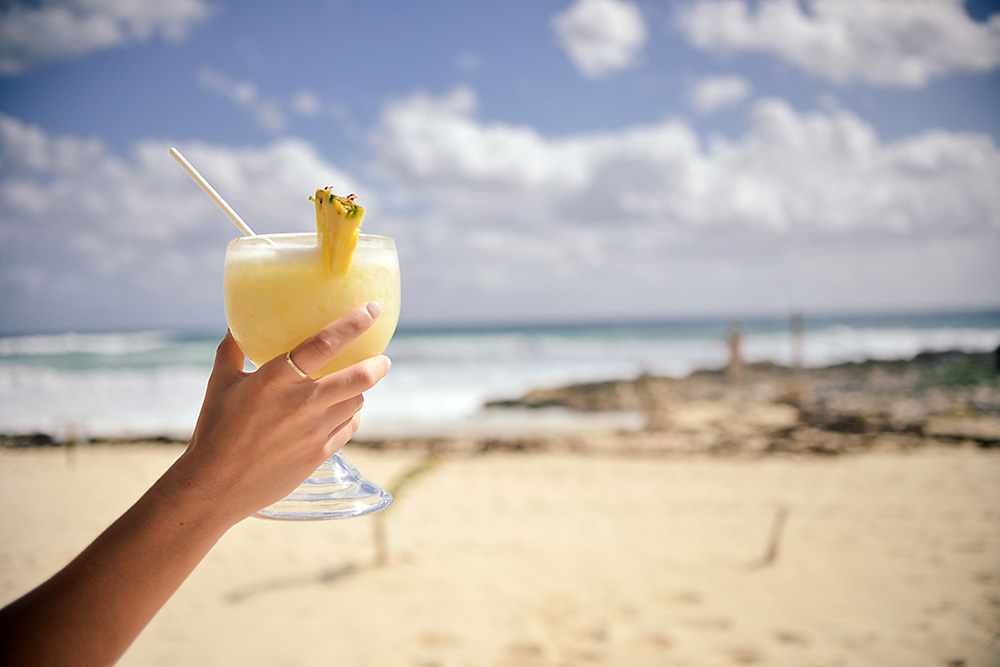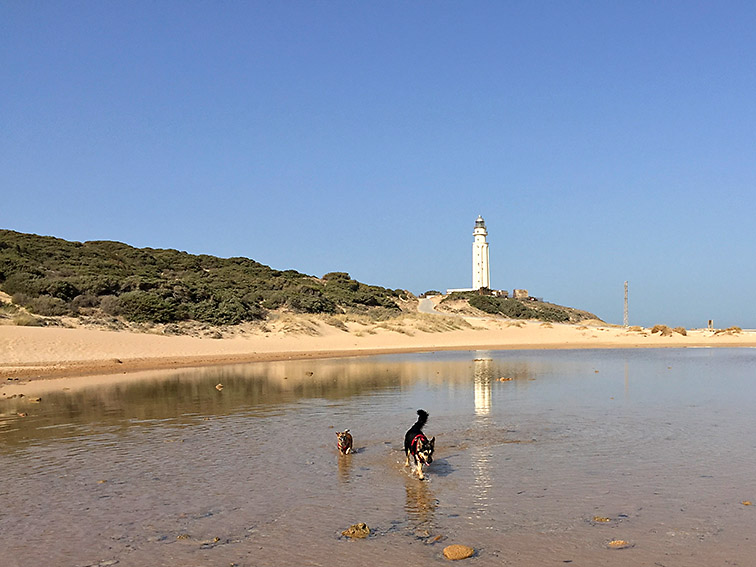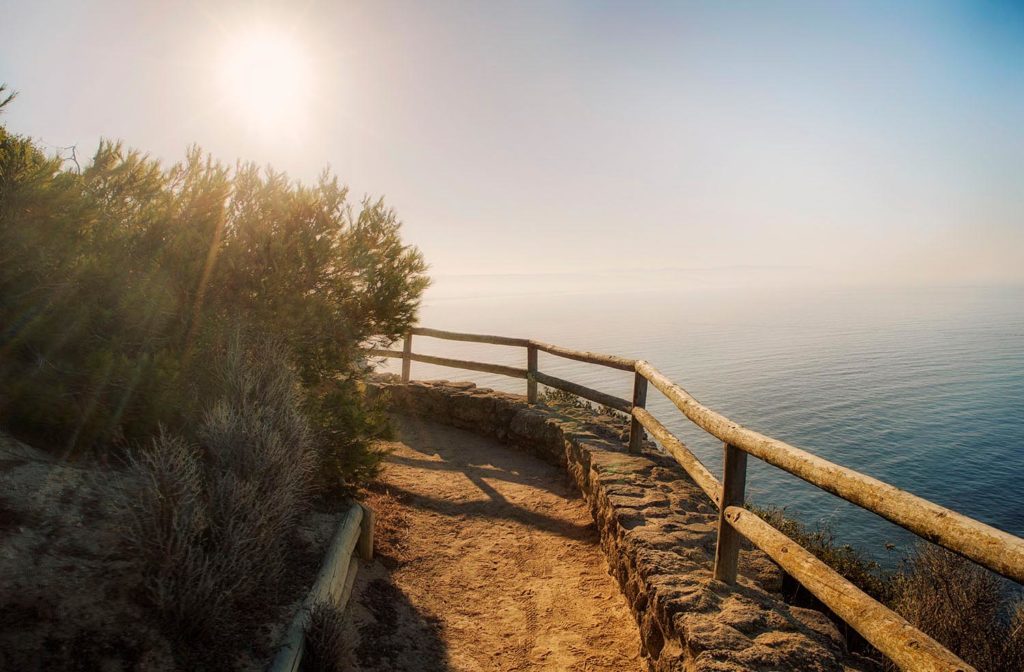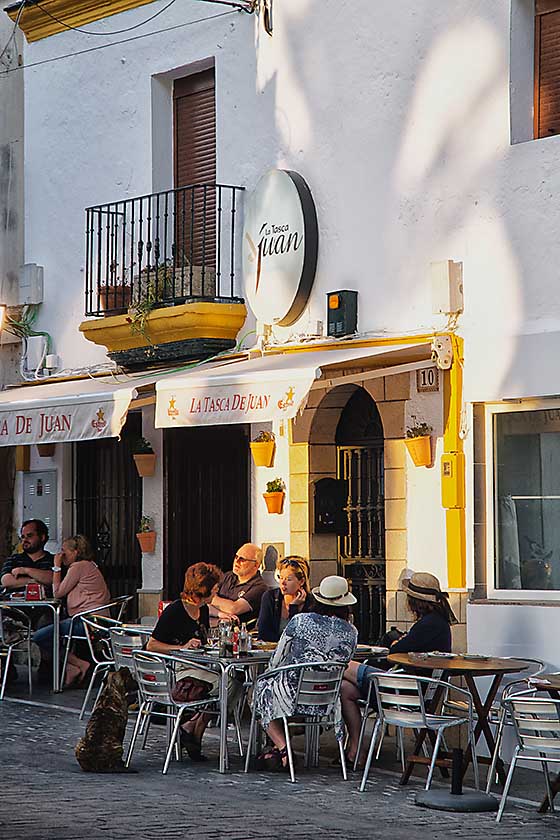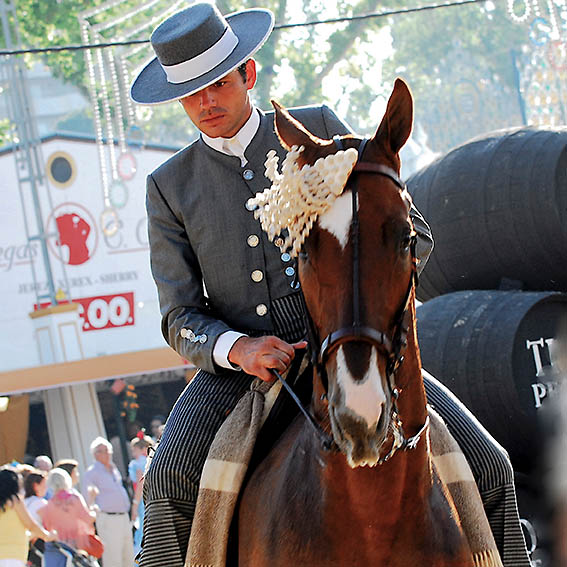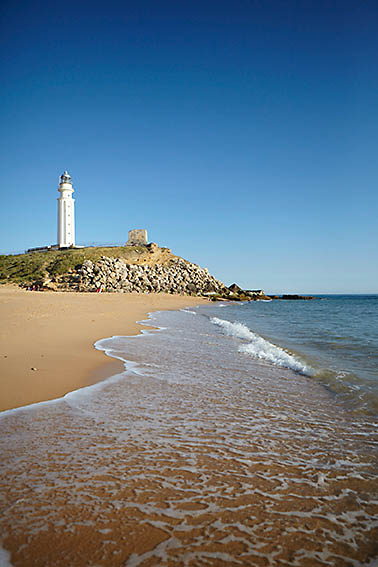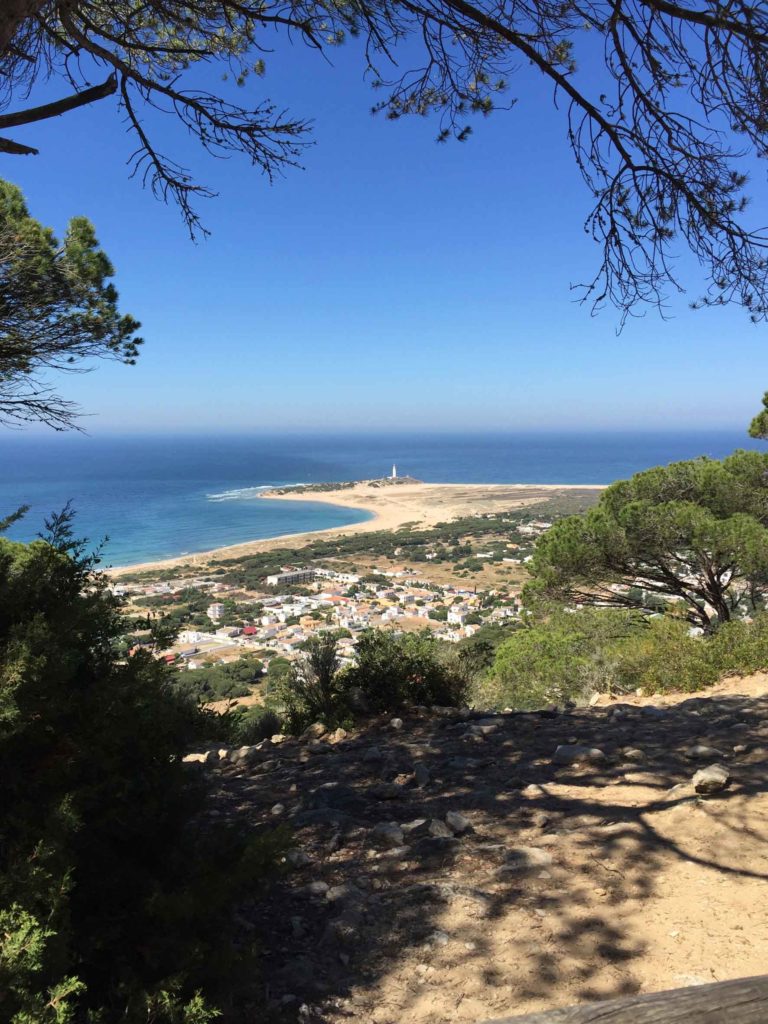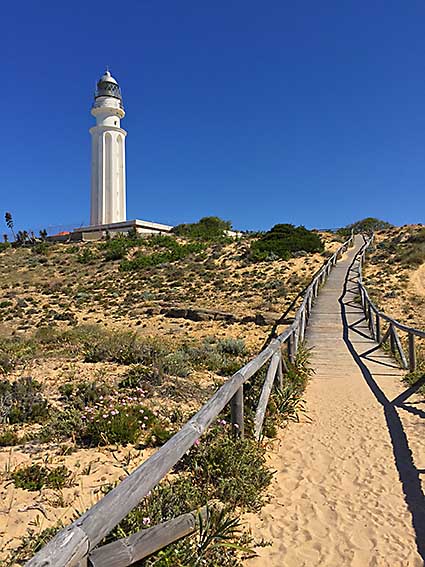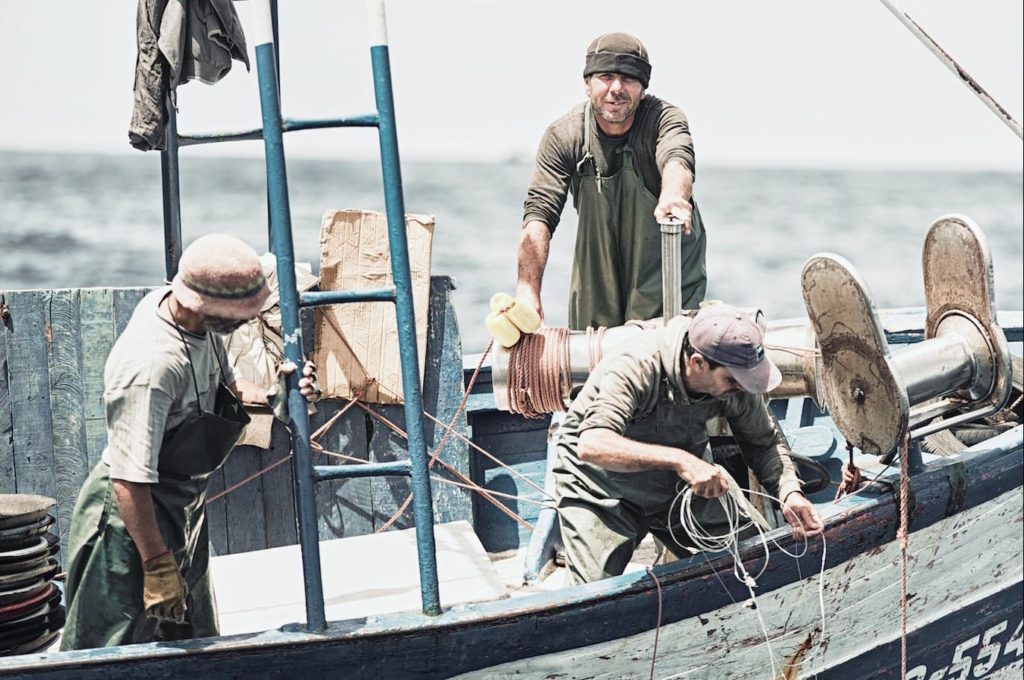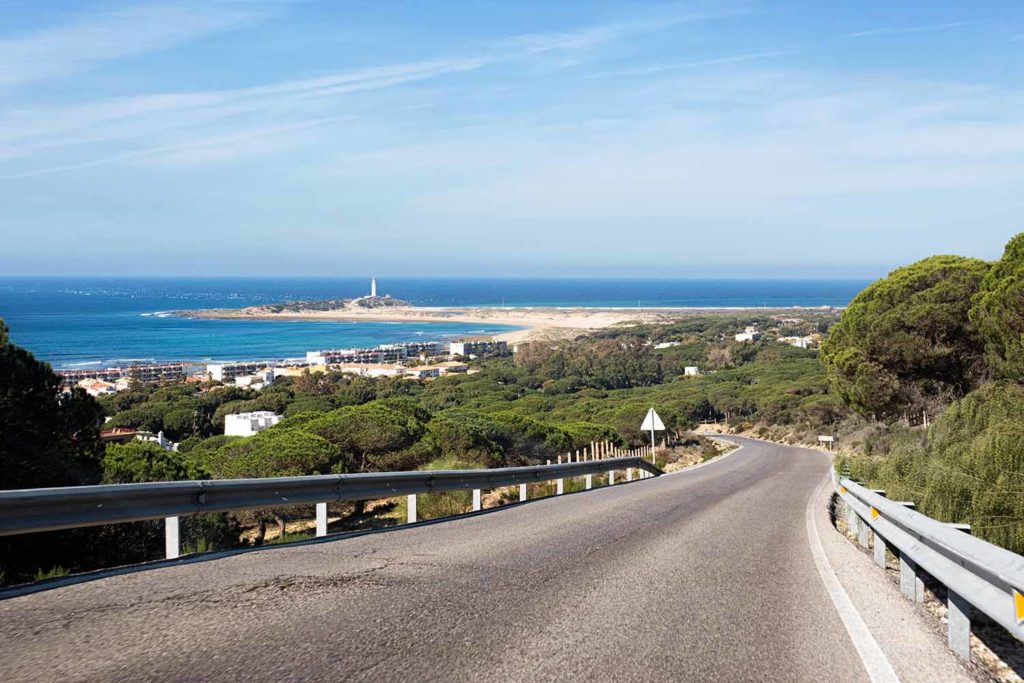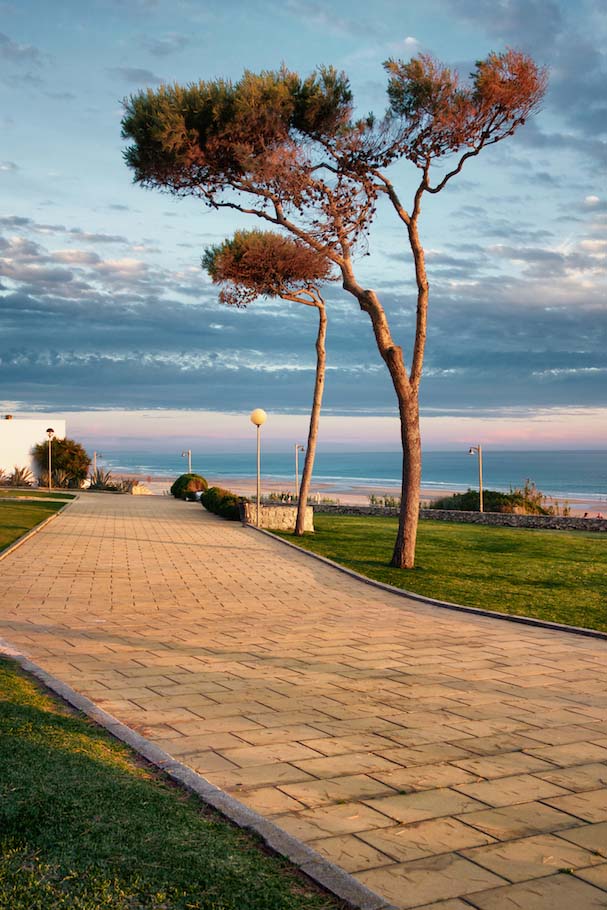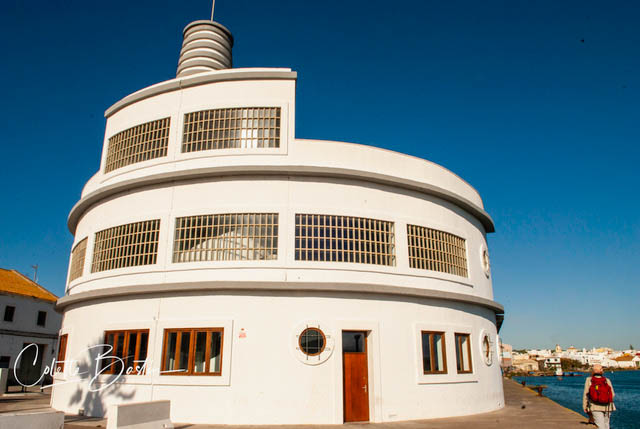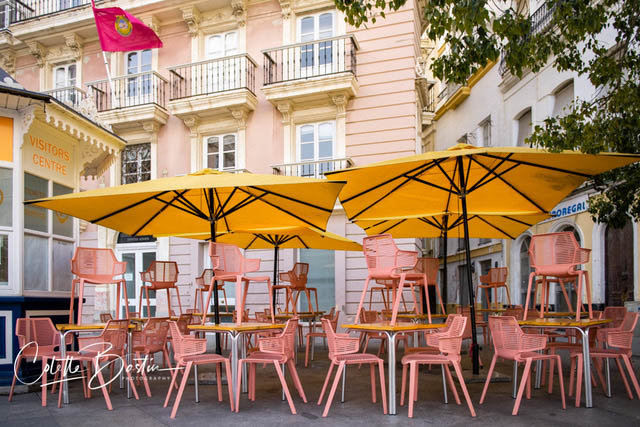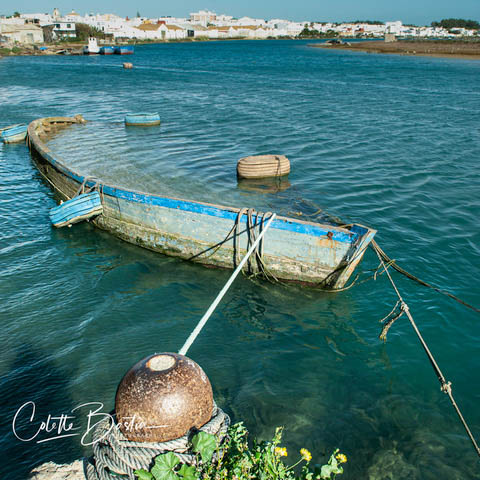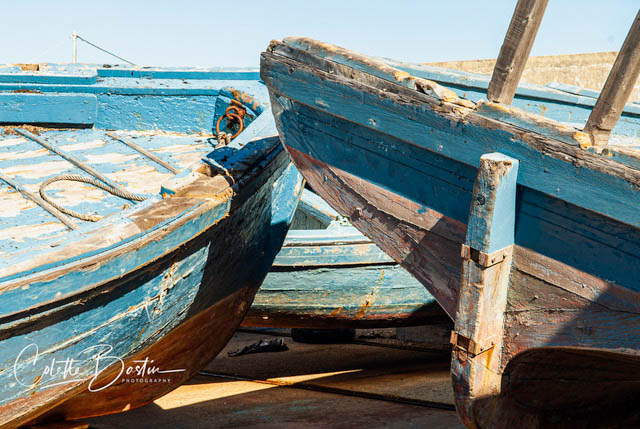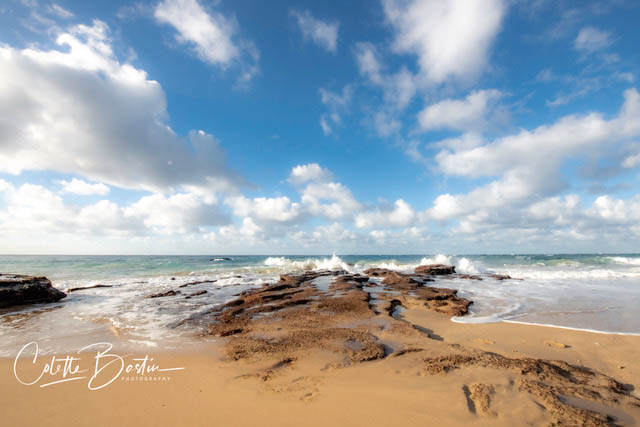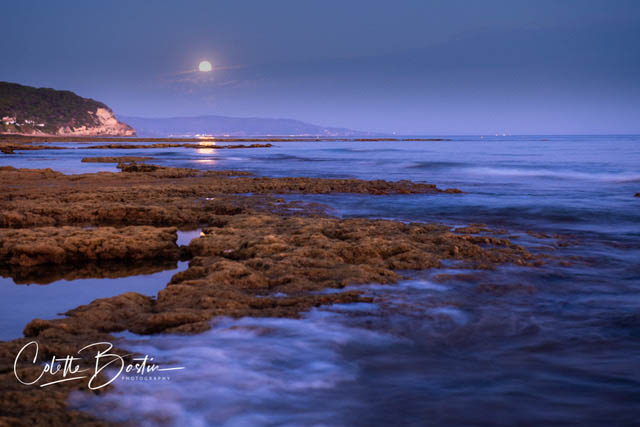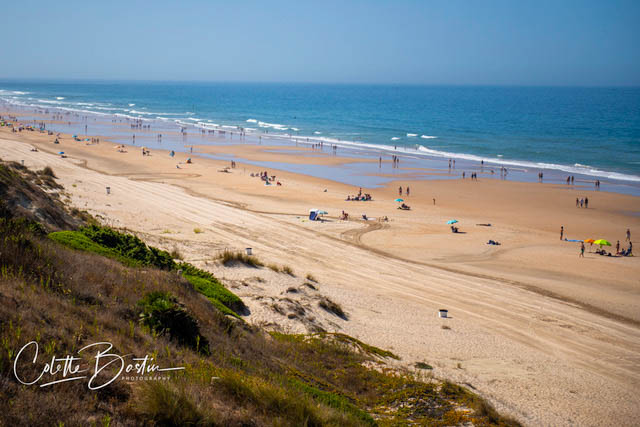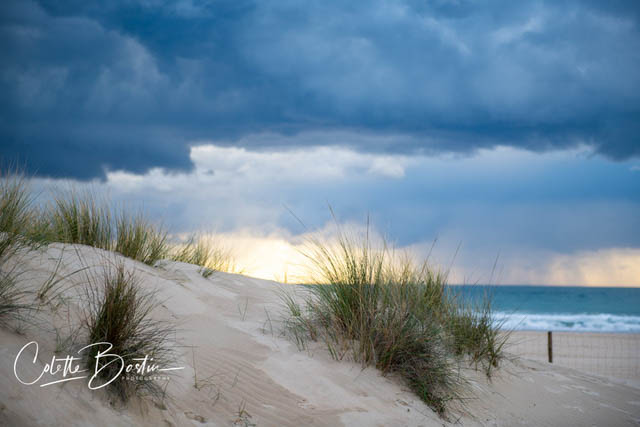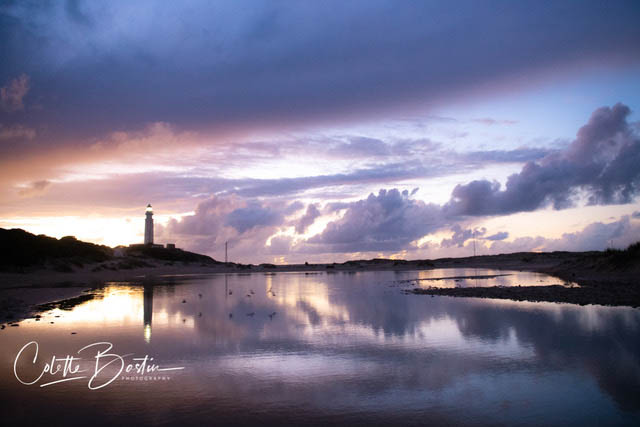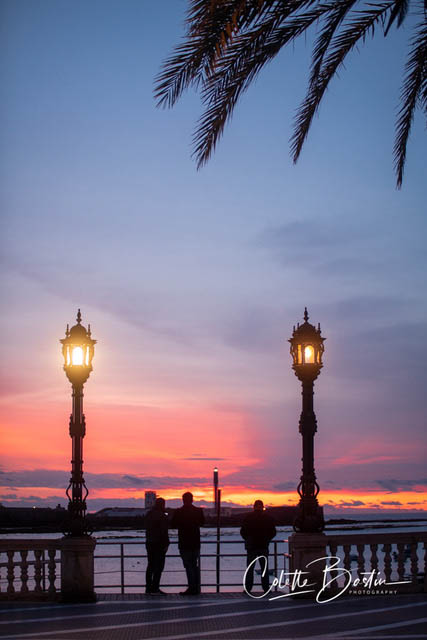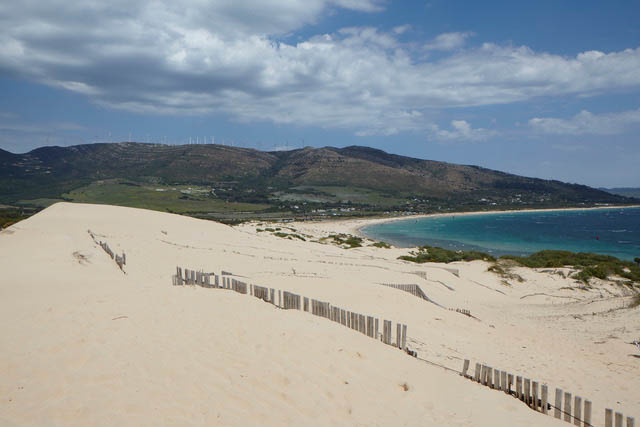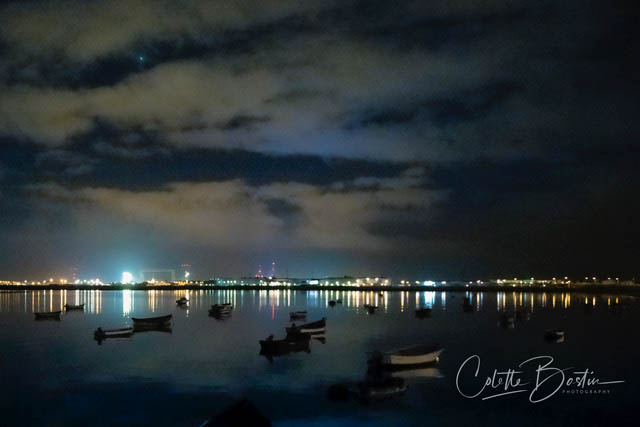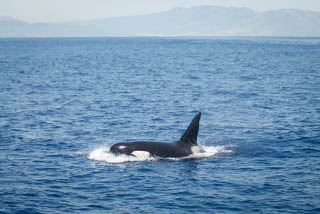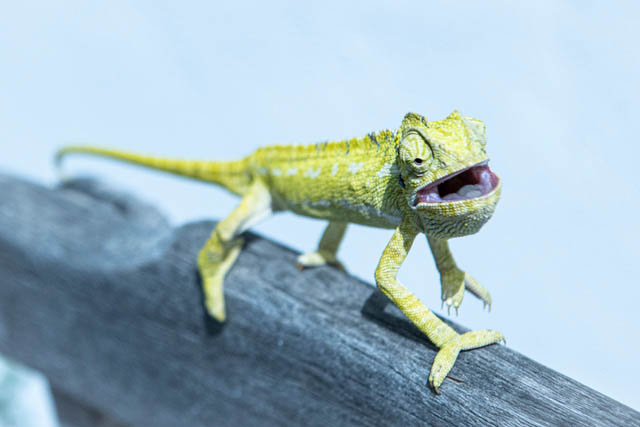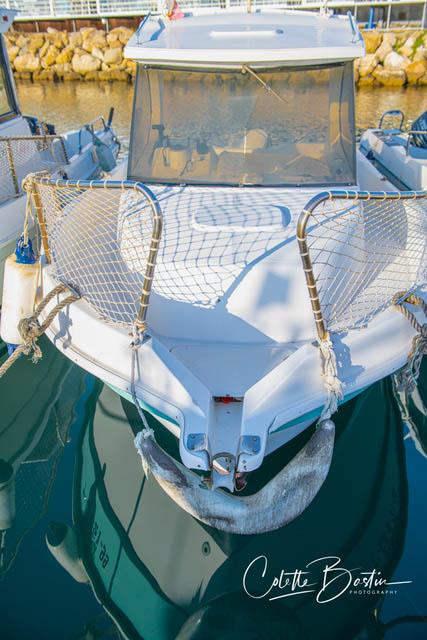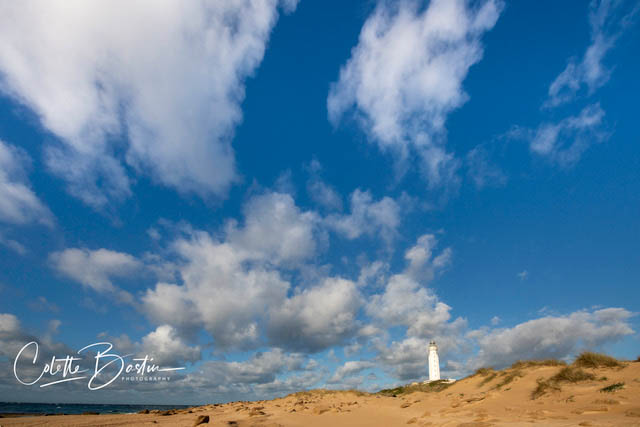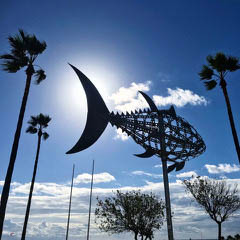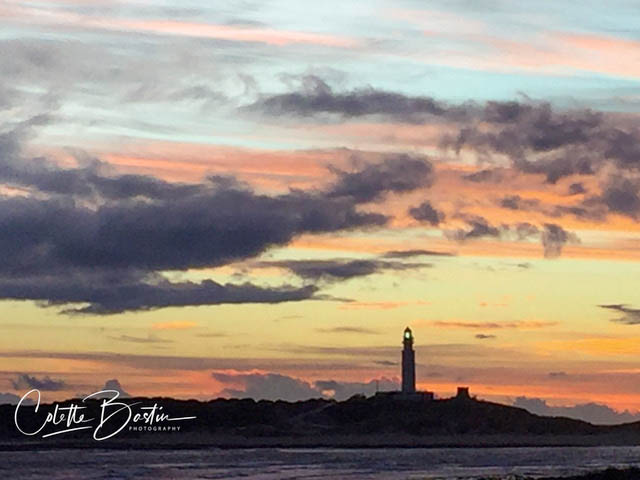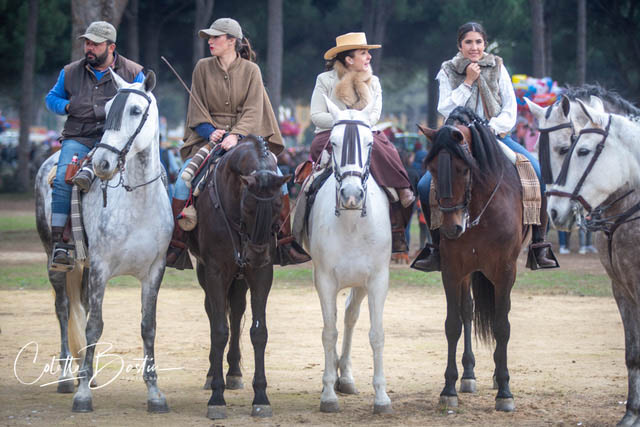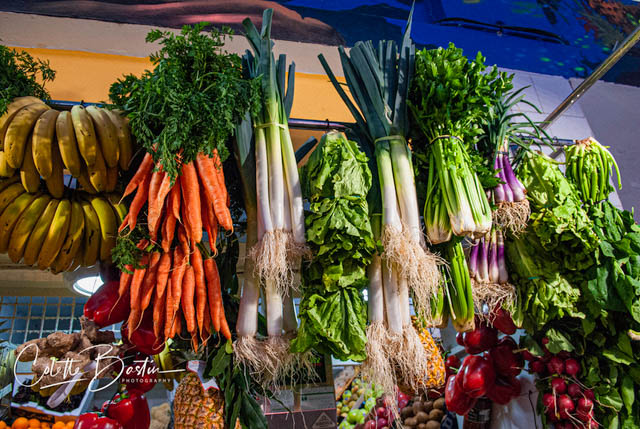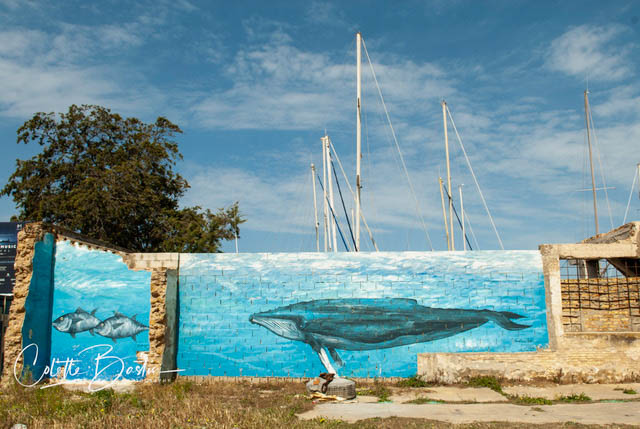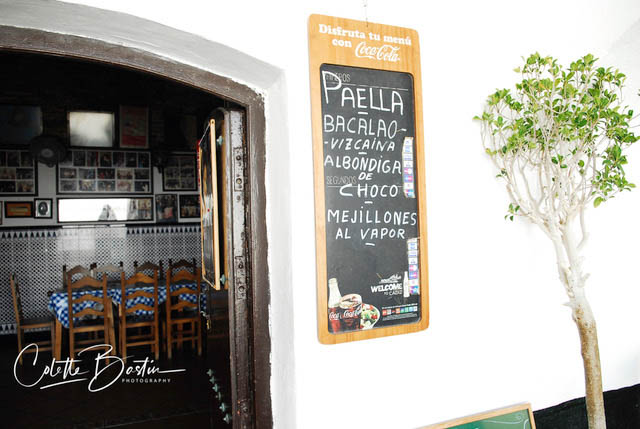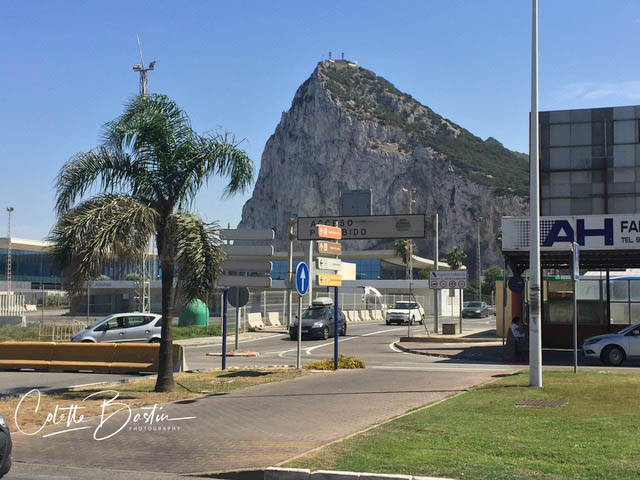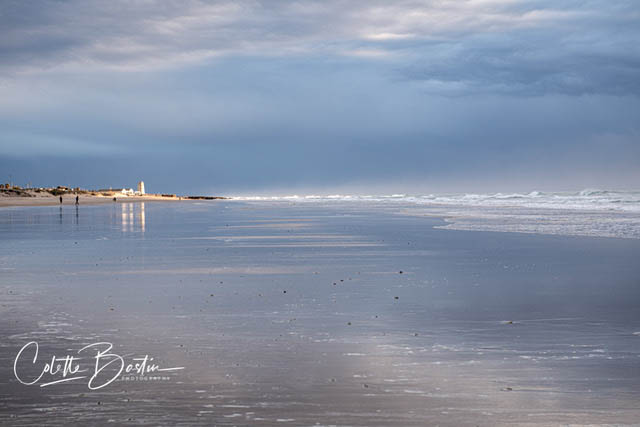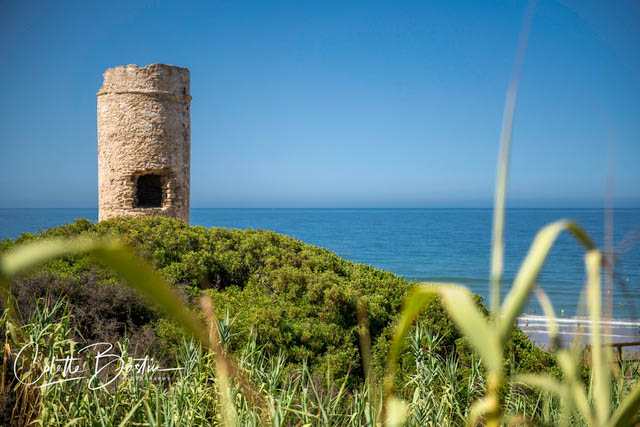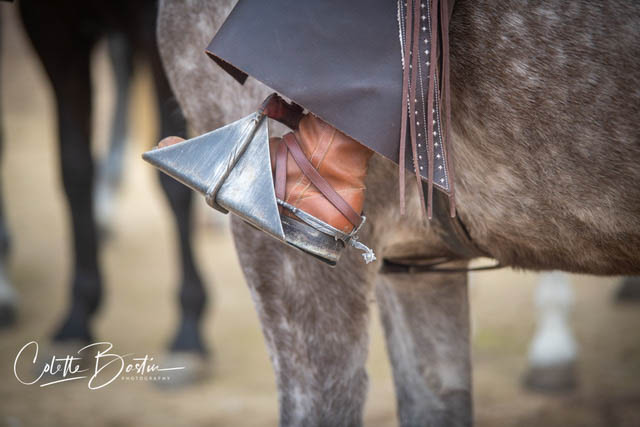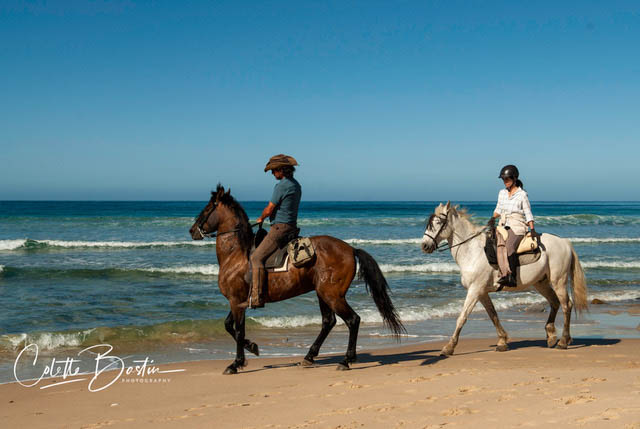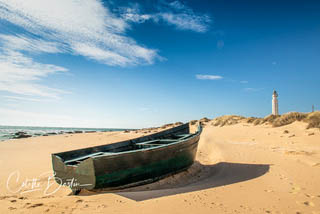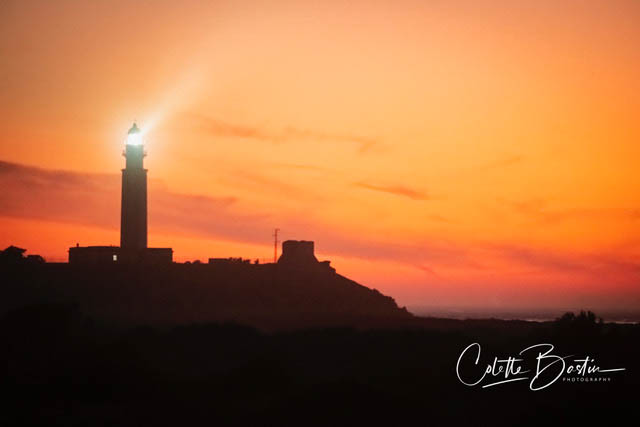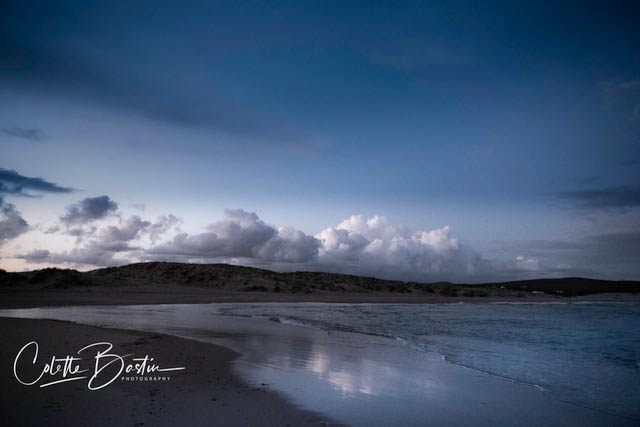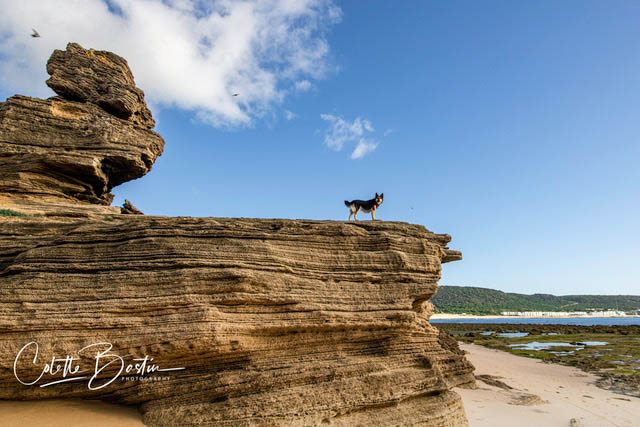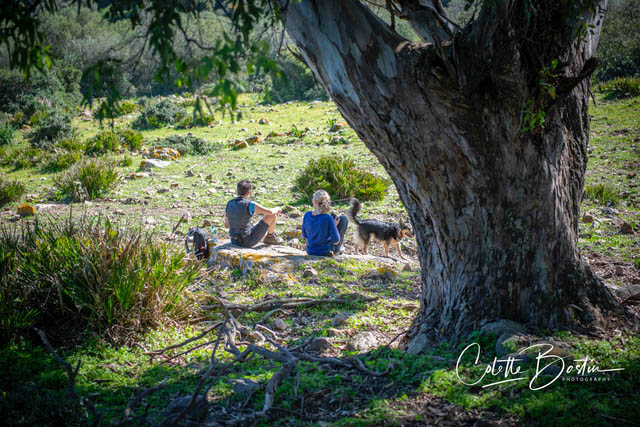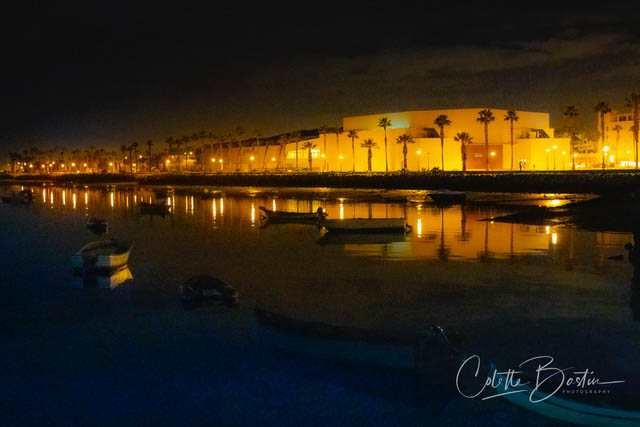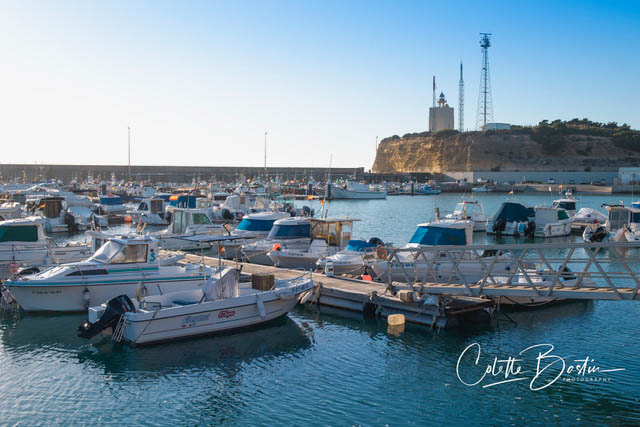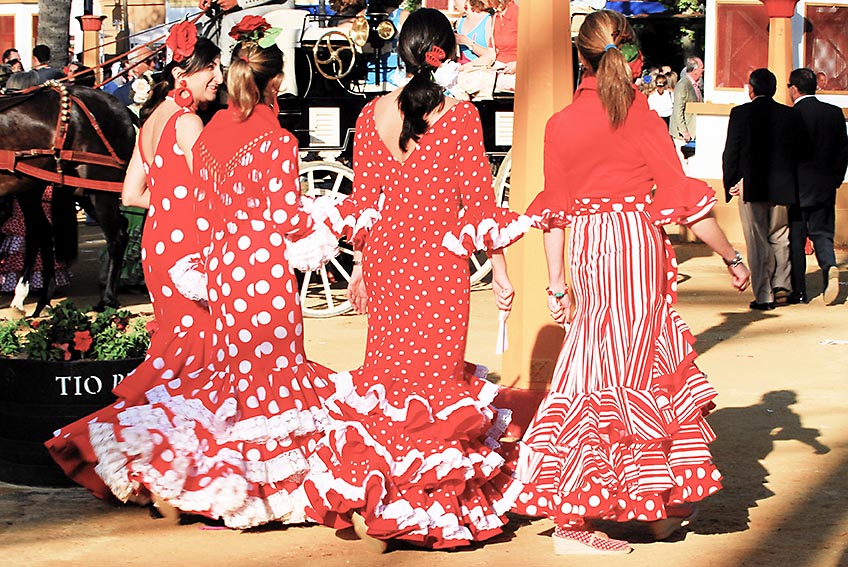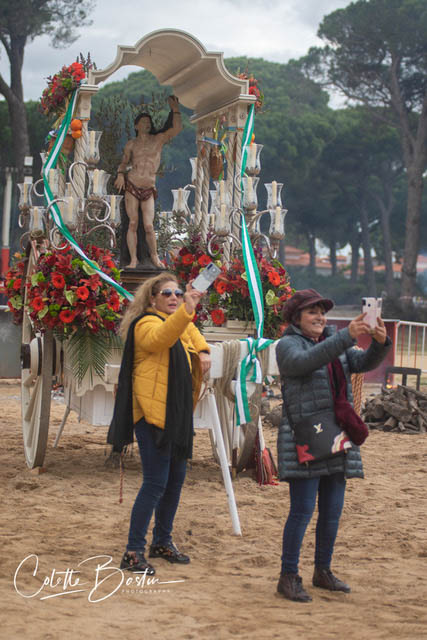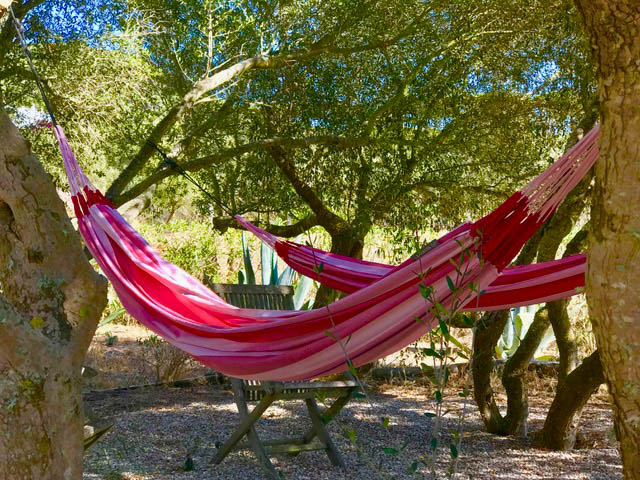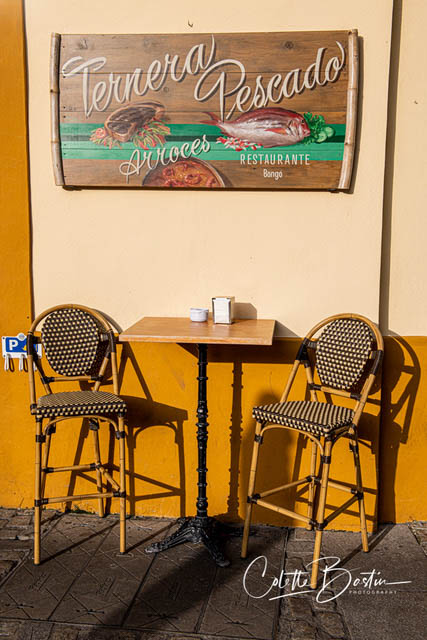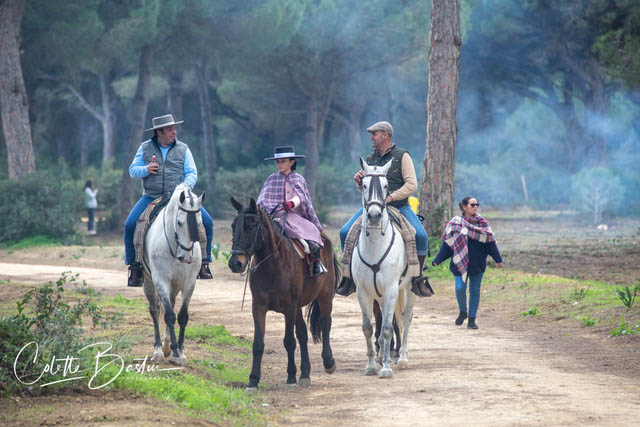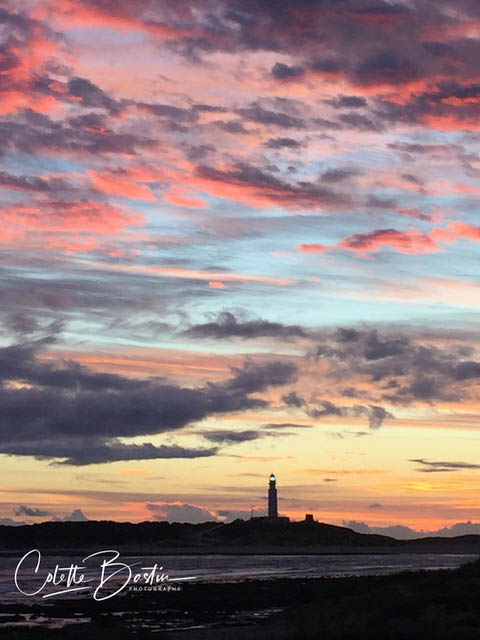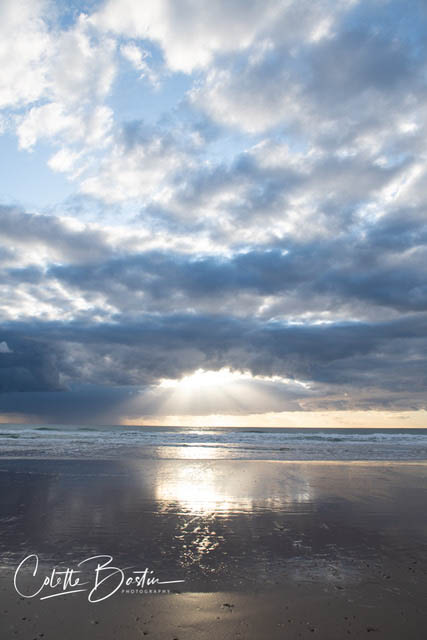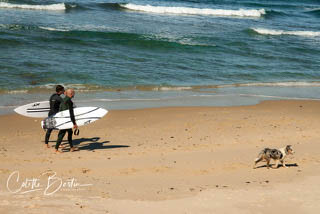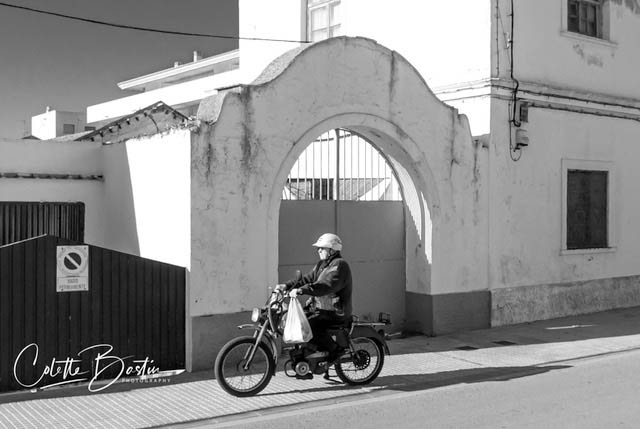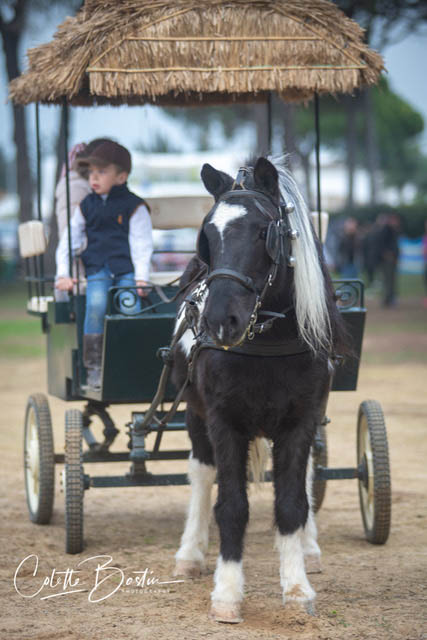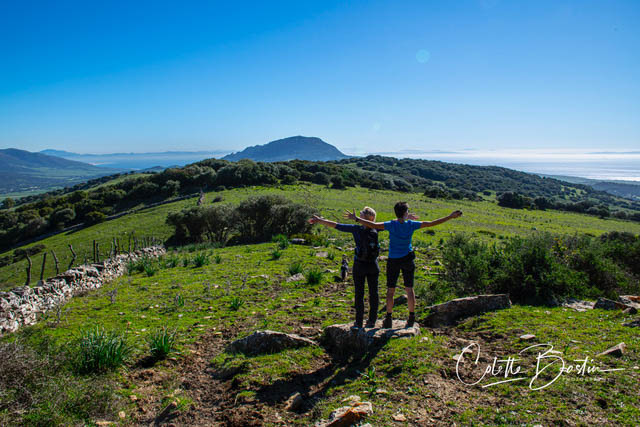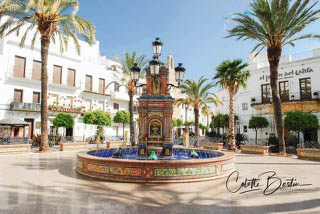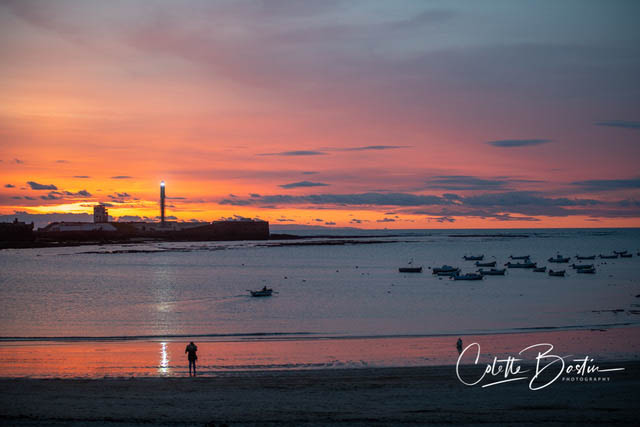
Landscape |
Landscape |

Ocean |
Ocean |

Activities |
Activities |

Culture |
Culture |
The landscape surrounding the MEERLUST Guesthouse is at the same time also the Seascape. The area is dominated by the vast, kilometer-long beautiful and super clean beaches, dunes and cliffs, with Cape Trafalgar and its famous lighthouse, and the large Natural Park with its vast, almost enchanted pine forest. Our beaches belong to the most beautiful of Spain – if not Europe! The water of the Atlantic never gets too cold, due to the Gulf Stream, which is also responsible for the great climate we have here: never too cold in Winter, never too hot in Summer, as the temperature of the water regulates also the temperature of the air near the coastline. Swimming is therefore beautiful here too, even during the Winter months some of our guests cannot be hindered by 17°C. In Summer, you can enjoy water temperatures of 25°C, it’s alsmost tropical.
In proximity, small beautiful white villages on top of mountains or at the seaside are inviting you to discover more of the Andalusian lifestyle, which includes great dining in little restaurants and lively bars. In July and August, this area becomes a preferred vacation place for Spanish people from the cities until Madrid and Northern Spain. For the rest of the year it is a quiet and very rural area. However, if you feel like going to the city, Cádiz, Jerez and Sevilla are not far away.
Due to the Levante, a dry wind from the East that can sweep along the coast like a storm, the Costa de la Luz never was a typical vacation and beach destination for tourists. All the more, nature lovers love it here for horse-back-riding, surfing, photography, bird-watching, whale-watching, biking, hiking and golfing.
But sightseeing is also very popular, as our area has lots of special places to be discovered. Once here, you will have to visit some of our beautiful white villages nearby, and the very unique town of Cadiz, estimated to be the oldest town of Europe. Tasting Sherry in Jerez will be a MUST, as well as a whale watching trip from Tarifa, into the Strait of Gibraltar. So plan enough time, to enjoy all our area has to offer, while also having time to relax and re-connect, with long walks and dips into the waves of the Atlantic.
If you want to improve your skills, you will find classes that may suit you: Spanish classes for every level in a well-known language school in our neighbor village Conil. Or surfing, photography, cooking, yoga, golfing or dancing classes….. all with English speaking professionals and charming local people to teach you!
At Meerlust we sometimes organize hiking weeks and photography workshops. You also may want to join us on one of our beach cleanups, always ending with some well deserved beers at the beach bar. Bar-activities are very popular in Andalusia. 😉
Andalucia‘s highest cultural time was under the Moorish reign, from the 9th until the 15th century. You can admire the still-fabulous testaments of that time in Córdoba, Seville and in the Alhambra of Granada. Great architecture was achieved then, when Christians, Jews and Arabs were living harmoniously under the same rule.
Cádiz is known to be the oldest town in Europe. About 1100 B.C., the Phoenicians established their first colony on the Spanish peninsula: Gadir, today‘s Cadiz. They were followed by the Iberians, the Romans, the Visigoths and the Moors. Parts of Roman settlements are still existing in the area, e.g. in Bolonia (near Tarifa) and in Cádiz.
Christopher Columbus started with his fleet from the Costa de la Luz in search for a Western route to India. Instead, he discovered the Caribbean Islands in 1492. This was exactly at the time when the Moorish reign collapsed under the pressure from the Catholic Kings of Spain.
In 1805 the famous battle of Trafalgar took place here, a war between the English and the joint Spanish-French armada. Admiral Nelson won the war but lost his life, together with hundreds of sailors. Today, his statue stands on Trafalgar Square in London, the square named after the cape where Meerlust Guesthouse is located. Trafalgar does not sound Spanish, but who would have thought it‘s Arabic? Wikipedia informs that the original name was ra‘s at-taraf al-agar, the cape of the West.
During the 16th century, many towers, used as lookouts, were built on the coast, as the surrounding villages were threatened by pirates. The villagers preferred to live on hills, behind thick protection walls. Today, these White Villages are very popular for sightseeing tours, like Vejer, Conil, Benalup and Arcos. Barbate, Zahara and Conil are still typical fishing villages, although the majority of the fish are captured or bought by the Japanese, especially the Bluefin Tuna.
The Bluefin Tuna is very famous here, but unfortunaltely more when it’s dead and on the plates, not alive. Although this is a very interesting animal, also called the Gepard of the ocean because of his incredible stamina and speed, no one here seems to have a serious interest in the animal itself. Each May large schools of Tuna are arriving along our coast. The fast swimming animals have crossed the Atlantic to swim into the Mediterranean, where they will find their spawning grounds. Unfortunately, the fishing nets are waiting for them along the coast, many are caught – legally and also illegally – before they can spawn. The fishing method is hundred of years old, a dangerous way of fishing, called “the almadraba“. With the world-wide problem of over-fishing the fishing industry on our coast also has gotten into the crisis. Sad enough, today the Bluefin Tuna is on the Red List of Endangered Species of the IUCN.
Along with the Bluefin Tunas the Orcas will arrive. Especially in July and August, when the Tunas will swim out of the Mediterranean and back into the Atlantic, the Orcas will be waiting for them – as are the fishermen. The Orcas, however, have found a very energy-saving method to hunt: they are waiting together with the fishermen, until one of them has a Tuna on the line and brings it to the water surface. At that moment, the Orca will try to steal it from the hook. This is a unique way of hunting and can be observed in July and August.
An important income on this coast is also provided by pine kernels. About a million kilos per year are harvested in our pine forest. Also, many fighting bulls are raised in our rural region. In fact, the bull fights are an important and unbelievably popular part of each fiesta. This is very hard to understand for a Northern European, as it is a very barbaric way to “enjoy a fiesta“.
In general, the Andalusians love to go to fiestas. Every occasion seems to become a fiesta, especially the Catholic holidays. The whole family goes out together on these occasions, from grandparents to newborn babies. The main part of the fiesta consists of eating, drinking, singing and dancing – until the early morning.
The times of the day are a bit unusual for visitors from Northern Europe. The day is divided in three parts: morning, afternoon and night. The morning starts at about 9 a.m. until 2 p.m., when it‘s time for lunch. Then comes the siesta-time until 4 or 5 p.m. The afternoons are from 2 p.m. until dinnertime, which is never before 9.00 p.m. After that, the night starts, meaning: if you intend to go out, to a concert, to the theater or simply to a bar, be prepared that nothing will start before 11 p.m. – until almost morning hours. These are Andalusian times, and there is a way to adapt to it: just pretend there is a time difference to where you come from!


